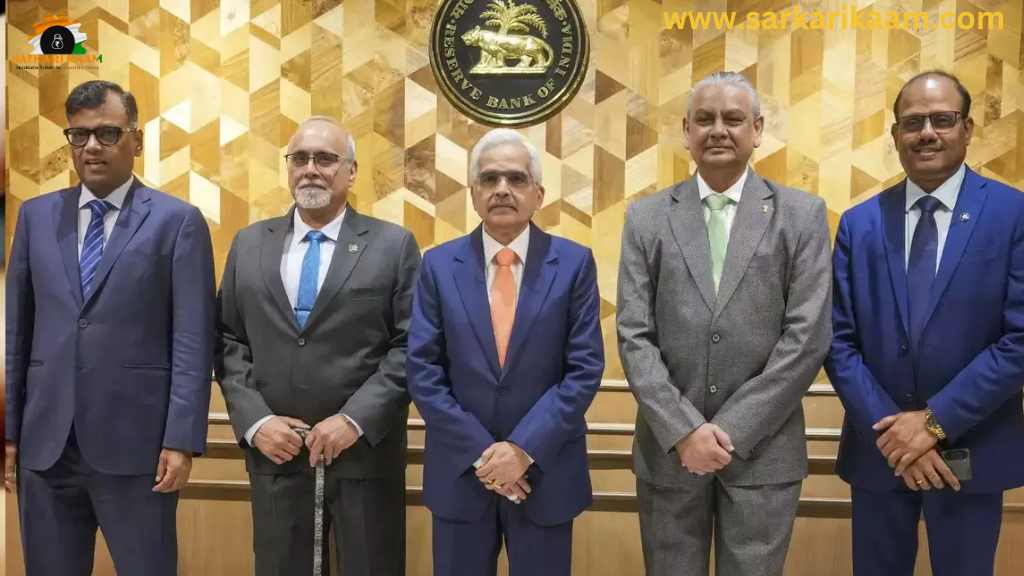
According to the Reserve Bank of India’s latest Foreign Liabilities and Assets (FLA) census, the United States retained its position as the largest source of foreign direct investment (FDI) into India. This continued dominance reflects long-standing economic ties, deepening trade relations, and the increasing appeal of India’s digital, manufacturing, and services sectors. The report highlights that American investments now constitute a significant portion of India’s inward FDI stock, surpassing even long-standing contributors like Mauritius and Singapore.
FDI Trends and U.S. Dominance
The RBI census revealed that the US accounted for the highest share of the total FDI stock held in India, consolidating its role as a key partner in India’s economic development. This includes both greenfield investments and acquisitions across multiple sectors such as technology, pharmaceuticals, retail, and infrastructure.
While traditionally tax-haven countries like Mauritius and Singapore once dominated due to favorable treaty advantages, recent policy reforms and global regulatory shifts have rebalanced inflows toward countries with real economic engagement—especially the United States. This structural shift aligns with India’s push for transparent, strategic investments over shell-route inflows.
Sectoral Breakdown of Investment
U.S.-based capital continues to pour into sectors aligned with India’s long-term growth strategy:
- Information Technology and Digital Services: Tech and IT-enabled services remain a magnet for Silicon Valley-backed capital, with investments flowing into AI, SaaS, fintech, and cloud computing ventures.
- Pharmaceuticals and Healthcare: U.S. firms have invested heavily in India’s robust generics ecosystem and bio-research capabilities.
- Renewable Energy and Infrastructure: India’s ambitious green energy goals are attracting long-term capital from U.S. institutional investors, including pension and sovereign wealth funds.
- Retail and E-commerce: Major U.S. players continue to strengthen their footprint in one of the world’s largest consumer markets.
Regulatory Shifts and Investment Confidence
India’s continued liberalization of FDI norms, simplification of compliance rules, and digital transformation of regulatory processes have improved the investment environment. Recent bilateral dialogues and multilateral trade efforts, such as the India–US Trade Policy Forum, have further boosted investor confidence.
Additionally, New Delhi’s Production-Linked Incentive (PLI) schemes have been instrumental in drawing U.S. manufacturers and technology suppliers to set up domestic operations, thus contributing to job creation and innovation transfer.
Global Comparison and Evolving FDI Landscape
While the US continues to lead, India’s overall FDI landscape is witnessing a broadening of sources. Countries such as Japan, Germany, the UAE, and the UK have also increased their stakes in India, albeit with more sector-specific interests.
Despite global economic uncertainties, India remains one of the few large economies with a positive FDI outlook. Its young workforce, expanding consumer base, and improving infrastructure make it an attractive long-term bet for American and global investors alike.
The RBI’s FDI census confirms a clear trend: the United States is no longer just a major investor in India—it is the single most dominant source of strategic, long-term capital. With policy alignment, sectoral opportunities, and robust bilateral engagement, the India–US investment corridor is poised to strengthen even further in the years ahead.


